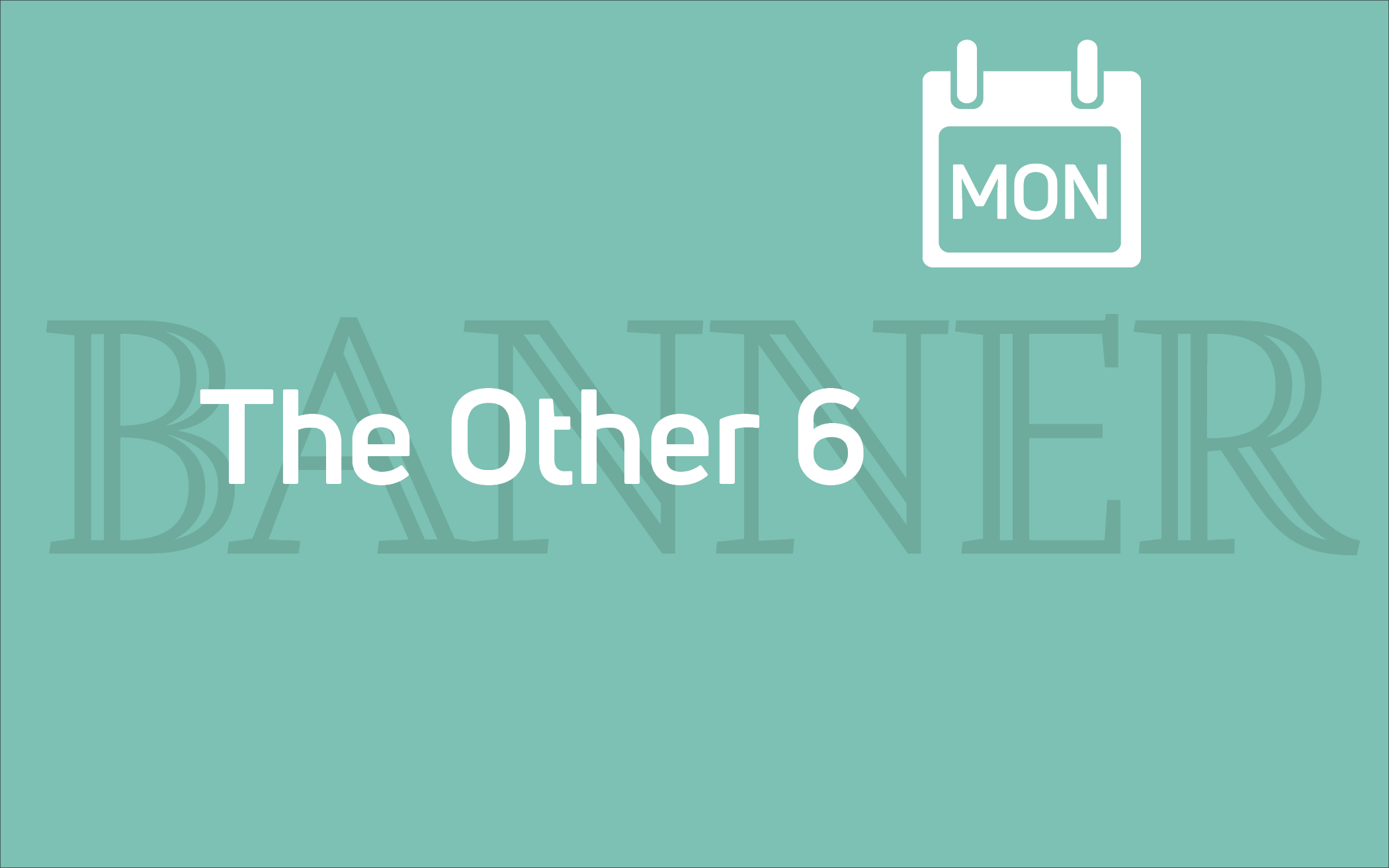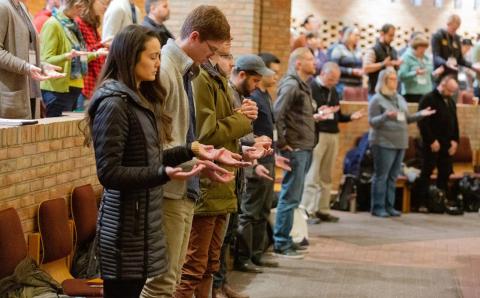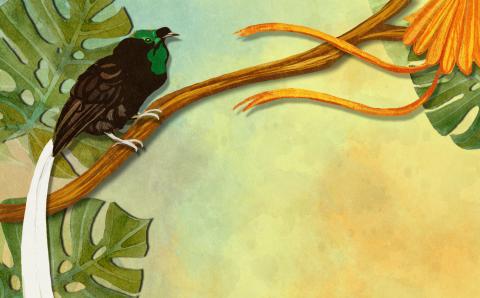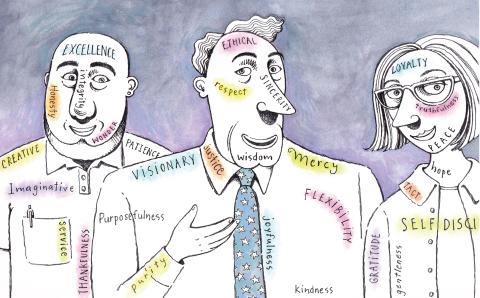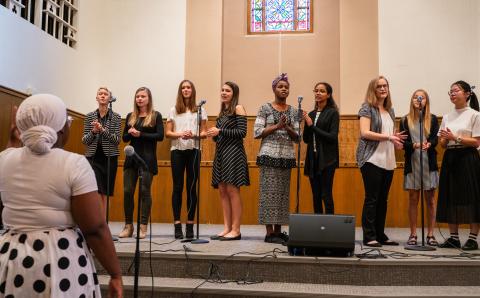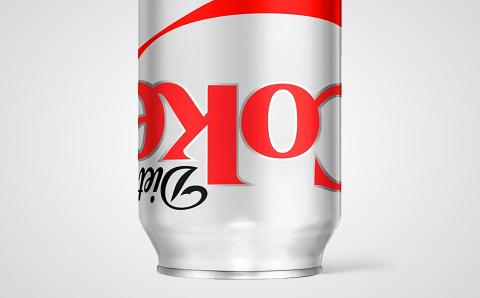It was anything but a casual meeting. The hug was from the heart—a lingering embrace communicating profound gratitude and relief. It came from a woman I had never met, in the hallway of a hospital at the door of a room where her husband lay. Days earlier, he had been clinically dead but was now very much alive.
I first met him one morning on a sunny day at a busy intersection south of town—he behind the wheel of his semi, I on the seat of my bicycle. As I waited for the light to turn green, the stuttering racket of a passing truck caught my attention. I looked up to see smoke coming from its rear tires as the driver braked hard to avoid hitting the trailer of a semi drifting across his path from the other direction. I watched in disbelief as the errant vehicle crossed the opposite shoulder and nosed its way into a shrubby thicket.
I set my bike on the ground and trotted over to the truck. Inside, a man was sitting upright behind the wheel, his head on his chest, his hands hanging limp in his lap. Something needed doing, but where to begin? The driver’s door was wedged against unyielding shrubbery. The cab was cramped; the man was large. Two young men helped me wrestle him out of the passenger door and onto the ground.
The man had suffered a cardiac arrest. I placed the palm of my right hand on his breastbone, other hand on top, elbows locked, and pressed down with steady rhythm and brutal force. Keep blood moving to the brain, the kidneys, the lungs. Keep up the harsh squeezing of the impotent organ until the medics arrived with their tools: endotracheal tube, IV needles, and, most importantly, a defibrillator.
Not a moment too soon a 911 call brought the sound of wailing sirens and the flashing lights of ambulance and police. Within moments fluid was dripping into a vein and oxygen flowing through a tube into the man’s lungs. I made my way home on my bike; the trucker was rushed to the hospital.
Pedaling steadily homeward, I was struck by the coincidences that morning. How I had decided, for no good reason, to take an alternate route home. How the red light at the intersection had halted my forward progress just as the truck made its unconventional turn off the highway into the shrubbery. How only last year I had taken a refresher course on CPR. In fact, it wasn’t really a coincidence at all. I am convinced that chance and luck have nothing to do with the course of our lives. I had been destined to play a life-giving role. But my elation at the thought was attenuated by apprehension. Before I’d left the hectic scene, the defibrillator had been used three times; the medic had shaken his head after each application. What, I wondered, had I accomplished? Had it all been in vain? Did getting the man out of the truck take too much time? I pedaled and wondered. And I prayed that all would turn out well.
Still glowing from the warmth of my reception outside the hospital room door, I followed the grateful woman into her husband’s room. There lay the driver of the wayward semi, looking a good deal better than when I’d last seen him. We shook hands. Our bright smiles spoke of gratitude. His for my service, mine for the divine providence that had brought us together that memorable morning.
About the Author
Hank Ottens is a retired orthopedic surgeon and an active gardener, photographer, and singer. He attends Second Christian Reformed Church in Grand Haven, Mich.

